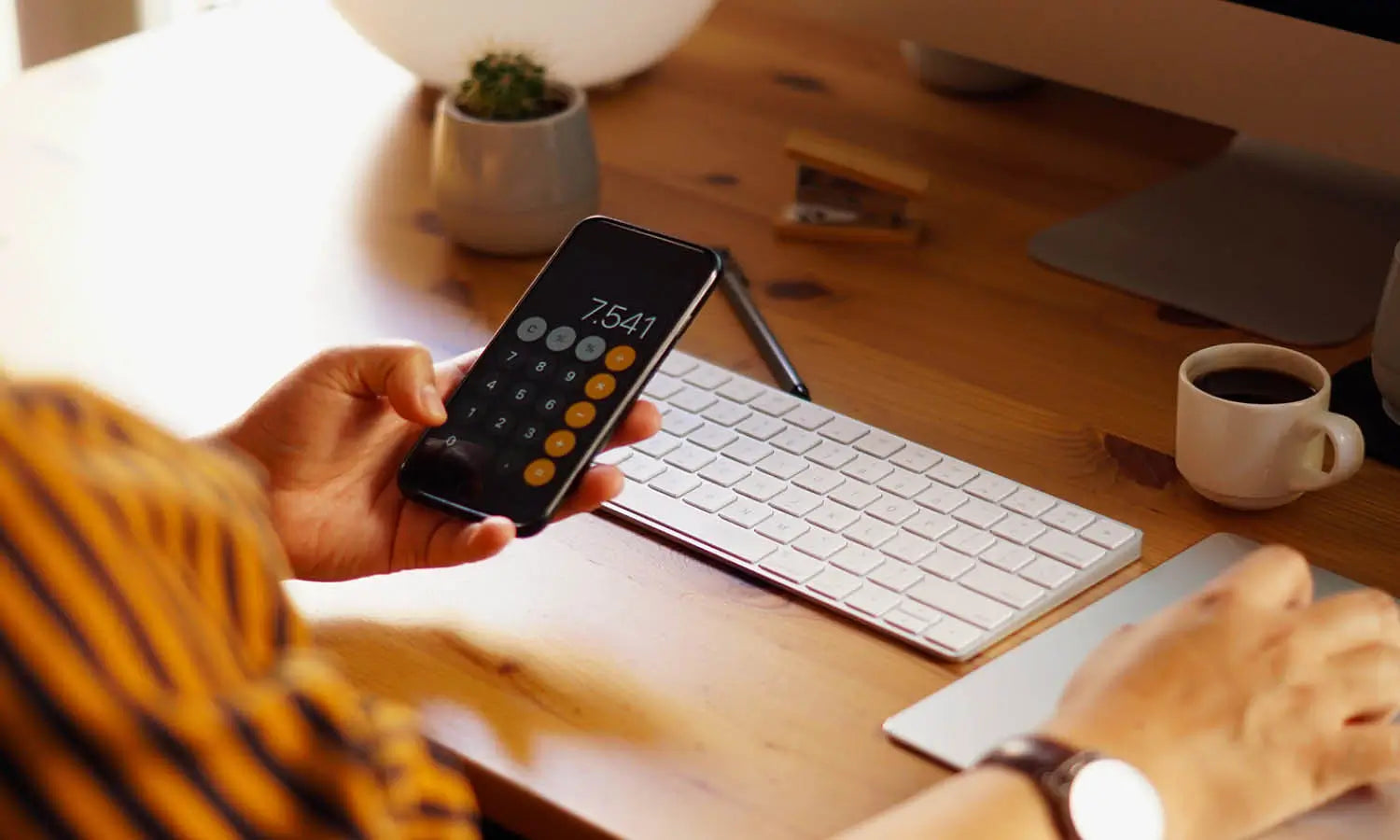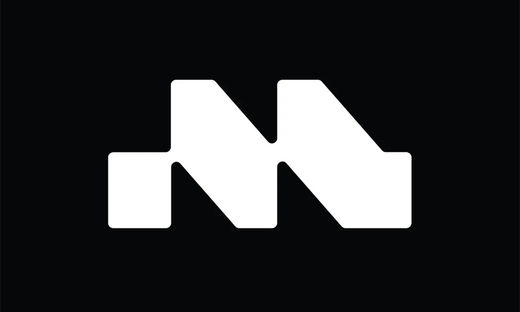How To Get Maximum Earning As A Logo Designer

The field of logo design offers endless opportunities for creativity and financial success. As businesses and brands compete to establish a strong visual identity, the demand for skilled logo designers continues to rise. However, simply having design skills is not enough to achieve maximum earning potential in this competitive industry. A logo designer must strategically position themselves, refine their skills, and adopt business-minded approaches to secure high-paying clients.
Maximizing earnings as a logo designer requires a combination of technical expertise, branding knowledge, and smart marketing strategies. Designers who understand the value of their work can confidently set competitive prices and attract clients willing to invest in high-quality branding. Furthermore, offering additional services, such as brand identity packages or retainer-based design support, can significantly increase overall income.
Whether working independently or collaborating with agencies, logo designers can elevate their careers by continuously improving their craft and adopting proven strategies to increase earnings. This article explores the most effective ways to achieve maximum financial success as a logo designer.
Build A Strong Portfolio
A well-crafted portfolio is one of the most powerful tools a logo designer can use to maximize earning potential. It serves as a visual resume, showcasing the designer’s expertise, creativity, and ability to craft effective brand identities. A strong portfolio should include a variety of logo designs that demonstrate versatility in style, industry, and execution.
When building a portfolio, quality should always take precedence over quantity. Instead of displaying every project, a logo designer should carefully select work that highlights their best designs. Each piece should be presented with context, explaining the client’s industry, the design concept, and how the final logo aligns with the brand’s identity. This not only adds value to the work but also helps potential clients understand the designer’s thought process.
A digital portfolio is essential in today’s competitive market. Logo designers should create a personal website to showcase their work professionally and use platforms like Behance, Dribbble, and Instagram to reach a broader audience. Regularly updating the portfolio with fresh designs ensures it remains relevant and reflects the designer’s evolving skills.
Develop A Unique Design Style
Establishing a unique design style is essential for a logo designer seeking to increase earning potential and stand out in a competitive market. While technical skills and versatility are important, having a recognizable design approach can attract clients who specifically seek a designer’s distinct aesthetic. A well-defined style not only builds credibility but also positions a designer as an expert in their niche.
To develop a unique style, a logo designer must first explore various design techniques and visual elements. Experimenting with typography, color palettes, and composition helps in discovering a signature look. Studying iconic logo designers and analyzing industry trends can provide inspiration while maintaining originality. Over time, a designer’s natural instincts and preferences shape their personal brand.
A strong personal brand influences how potential clients perceive a designer’s work. When a designer consistently produces logos that align with their style, they attract businesses that resonate with that aesthetic. This increases the likelihood of securing long-term, high-paying clients who appreciate and trust the designer’s vision.
Set Competitive Pricing
Setting competitive pricing is crucial for a logo designer aiming to maximize earning potential. Many designers struggle with pricing their work, often undercharging due to fear of losing clients. However, undervaluing skills and expertise can lead to financial instability and an unsustainable career. A well-structured pricing strategy ensures that a logo designer is fairly compensated for time, creativity, and experience.
To determine the right pricing, a logo designer must consider factors such as skill level, industry demand, and project complexity. Researching standard rates in the design industry helps in setting a baseline price. Additionally, offering multiple pricing tiers, such as basic logo design, full branding packages, or premium brand strategy services, provides clients with flexible options while increasing overall revenue.
Clear communication about pricing is essential. A logo designer should present detailed proposals outlining costs, project scope, and deliverables. This prevents misunderstandings and sets professional expectations. Moreover, requiring an upfront deposit before starting work safeguards against potential losses.
Charging higher rates is possible when a designer builds credibility and demonstrates value. A strong portfolio, client testimonials, and proven success in past projects justify premium pricing. Ultimately, clients who understand the impact of strong branding are willing to invest in quality design.

Target High-Paying Clients
To maximize earning potential, a logo designer must focus on attracting high-paying clients who value quality branding. These clients are typically business owners, startups with investment backing, corporate brands, and established companies willing to invest in professional design services. Unlike budget-conscious clients, high-paying clients seek expertise, creativity, and long-term brand impact.
Understanding the needs of premium clients is the first step in targeting them. These clients prioritize branding as a crucial business investment, meaning they are more likely to pay for strategic, high-quality logo design. A logo designer should position themselves as a branding expert rather than just a service provider. This includes showcasing strong conceptual work, demonstrating an understanding of brand identity, and offering additional services like brand guidelines and visual identity packages.
Networking plays a key role in reaching high-value clients. Engaging with business professionals through LinkedIn, attending industry conferences, and joining entrepreneurial communities can lead to valuable connections. Additionally, collaborating with marketing agencies and business consultants opens doors to corporate projects with larger budgets.
The presentation of work also matters. A professional website, polished portfolio, and high-quality branding of one’s own design business reflect expertise and attract serious clients. Confidence in pricing, clear communication, and excellent customer service further solidify trust.
Offer Package Deals
One of the most effective ways for a logo designer to increase earning potential is by offering package deals instead of selling standalone designs. Many businesses need more than just a logo—they require a complete visual identity to maintain brand consistency across different platforms. By bundling services, a designer can provide greater value while maximizing revenue from each client.
A well-structured package should include essential branding elements such as business cards, letterheads, social media graphics, and brand guidelines. More comprehensive packages may feature website design, packaging, and marketing collateral. Offering multiple package tiers allows clients to choose an option that suits their needs and budget while increasing the likelihood of securing higher-paying projects.
Package deals also help streamline the design process. Instead of handling one-off logo projects, a logo designer can work on a complete branding system, ensuring cohesiveness and long-term brand success. This approach also reduces the need to find new clients frequently, as package deals naturally lead to higher project value and long-term client relationships.
Use Online Marketplaces Wisely
Online marketplaces offer logo designers a platform to connect with clients globally, providing opportunities to earn consistent income. However, these platforms are often competitive, with designers offering services at various price points. To maximize earning potential, a logo designer must strategically position themselves as a premium provider rather than competing on low-cost bids.
Choosing the right platform is essential. Websites like Upwork, Fiverr, 99designs, and PeoplePerHour offer different types of clients and project scopes. A logo designer should focus on platforms that align with their pricing model and expertise. Instead of engaging in low-paying contests, designers can attract serious clients by showcasing high-quality portfolio work, detailed project descriptions, and clear pricing structures.
Creating a strong profile is crucial to standing out. A professional description, well-curated portfolio, and client testimonials build credibility and attract high-value projects. Offering additional branding services, such as visual identity development or social media branding, can also help increase overall earnings.
By using online marketplaces strategically, a logo designer can access a global client base while maintaining premium pricing. Instead of treating these platforms as short-term opportunities, designers who position themselves correctly can turn them into a stable source of high-paying projects.
Master Advanced Design Tools
To maximize earning potential, a logo designer must master advanced design tools that enhance creativity, efficiency, and precision. Professional software plays a crucial role in producing high-quality logos that meet industry standards and client expectations. Designers who invest time in mastering these tools gain a competitive advantage and can command higher fees for their expertise.
Adobe Illustrator remains the industry standard for vector-based logo design, offering precise control over shapes, typography, and scalability. Learning advanced features such as the Pen Tool, Gradient Mesh, and Variable Fonts can significantly improve design quality. Other software like CorelDRAW, Affinity Designer, and Figma provide additional flexibility and functionality.
Beyond logo creation, proficiency in design tools allows a logo designer to offer comprehensive branding services. Understanding how to create mockups, manipulate typography, and develop branding materials ensures a well-rounded skill set. Additionally, learning automation techniques, such as custom brushes, templates, and scripts, can streamline workflows and save time on repetitive tasks.
Keeping up with software updates and exploring new features helps a designer stay ahead in the competitive market. Online tutorials, courses, and design communities provide valuable learning resources to refine skills.

Provide Exceptional Customer Service
Providing exceptional customer service is a key factor in building a successful career as a logo designer. Clients seek not only high-quality designs but also a seamless and professional experience. By prioritizing clear communication, reliability, and client satisfaction, a designer can establish long-term relationships and secure repeat business, ultimately increasing earning potential.
One of the most important aspects of customer service is understanding client needs. A logo designer should take the time to listen carefully to project requirements, ask relevant questions, and provide insightful recommendations. Clear communication from the beginning ensures that expectations are aligned, reducing the likelihood of revisions or dissatisfaction.
Timely responses and professional conduct also enhance client trust. Being available for discussions, providing project updates, and delivering work within agreed deadlines demonstrate reliability. Additionally, offering well-organized project proposals, contracts, and invoices helps maintain transparency and professionalism.
Another way to provide excellent service is by exceeding expectations. Delivering high-quality work, offering additional branding suggestions, and ensuring a smooth revision process leave a lasting impression. Clients who have a positive experience are more likely to return for future projects and refer others to the designer.
Upsell Additional Services
One of the most effective ways for a logo designer to increase earning potential is by upselling additional services beyond logo creation. Many clients require a complete brand identity, and by offering complementary design services, a designer can maximize each project’s value while providing a more comprehensive branding solution.
Brand identity packages are a natural upsell. Instead of just delivering a logo, a designer can offer business card designs, letterheads, social media branding, and brand guidelines. This ensures consistency across all branding materials and enhances the client’s overall brand presence.
Another valuable service is brand strategy consultation. Many business owners struggle with defining their brand’s visual direction. By offering consultation services, a logo designer can guide clients in choosing color schemes, typography, and visual elements that align with their business identity. This added expertise not only increases earnings but also positions the designer as a branding expert rather than just a service provider.
Website and packaging design are also excellent upsell opportunities. Businesses launching new products or services often need additional design support. By expanding service offerings, a logo designer can attract higher-paying clients and build long-term relationships.
Work With Agencies And Studios
Collaborating with agencies and design studios is a great way for a logo designer to increase earning potential and secure consistent work. Many businesses prefer to hire full-service agencies for branding projects, and being part of an agency’s design team allows a designer to work on high-profile projects while gaining valuable industry experience.
Agencies often handle multiple branding and logo design projects simultaneously, providing a steady stream of work for skilled designers. Unlike freelancing, where client acquisition can be unpredictable, working with an agency ensures ongoing projects, reducing the stress of constantly finding new clients.
Another advantage of working with agencies is exposure to larger budgets. Agencies typically serve corporate clients, startups, and established businesses that are willing to invest in professional branding. This allows a logo designer to work on premium projects that pay significantly more than standard freelance gigs.
Networking is essential for securing agency collaborations. A strong portfolio showcasing high-quality logo designs, along with a professional online presence, can attract attention from agencies looking for talented designers. Many agencies also hire freelancers for specific projects, offering flexibility while maintaining a steady workflow.
Conclusion
Maximizing earning potential as a logo designer requires a combination of skill, strategy, and business acumen. By building a strong portfolio, setting competitive pricing, and targeting high-paying clients, a designer can establish a profitable career. Offering package deals, upselling additional services, and collaborating with agencies further enhance income opportunities. Mastering advanced design tools and providing exceptional customer service also play a crucial role in attracting and retaining valuable clients. With a commitment to continuous improvement and a professional approach, a logo designer can elevate their career, secure high-value projects, and achieve long-term financial success in the design industry.
Let Us Know What You Think!
Every information you read here are written and curated by Kreafolk's team, carefully pieced together with our creative community in mind. Did you enjoy our contents? Leave a comment below and share your thoughts. Cheers to more creative articles and inspirations!
















Leave a Comment